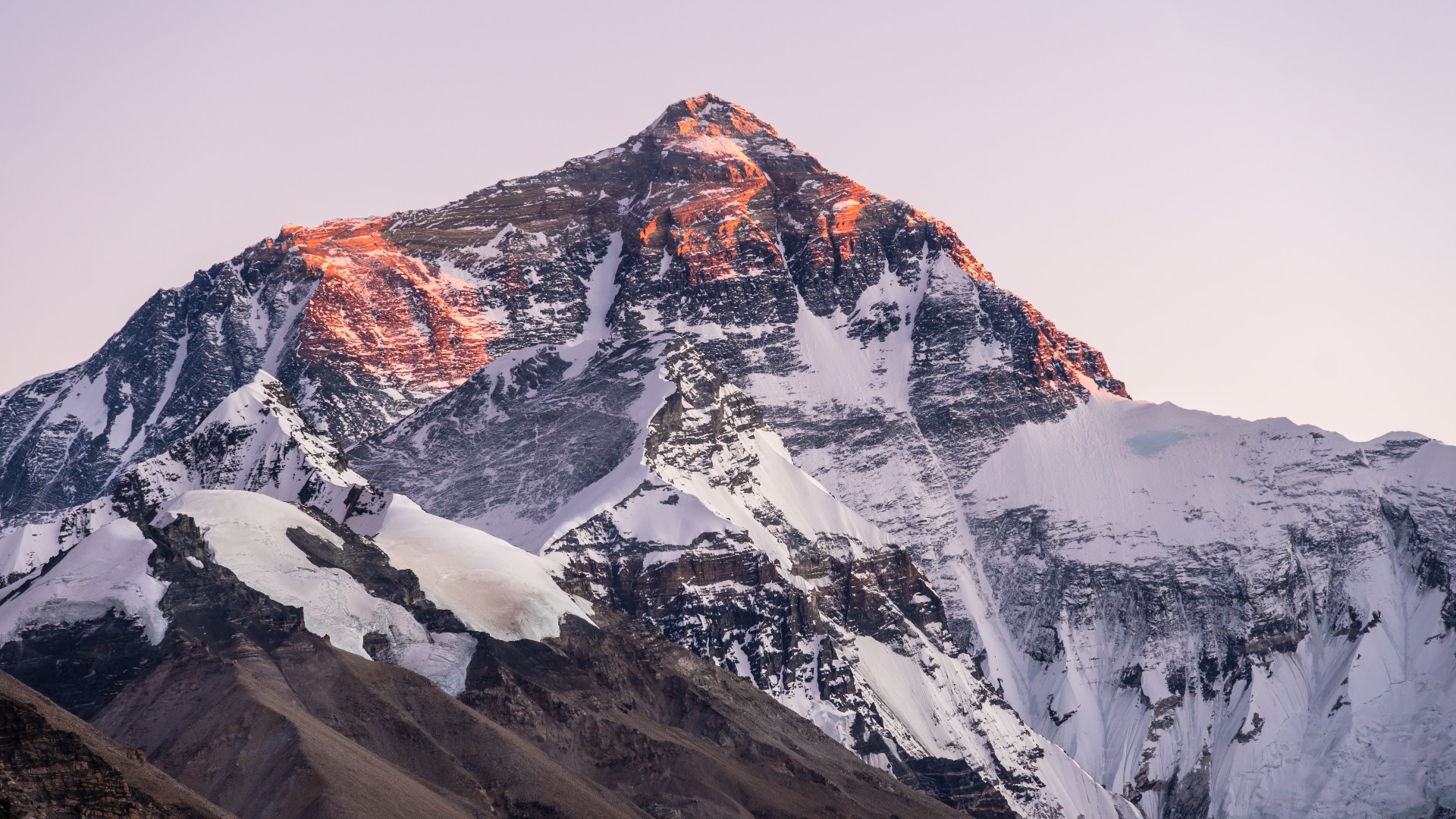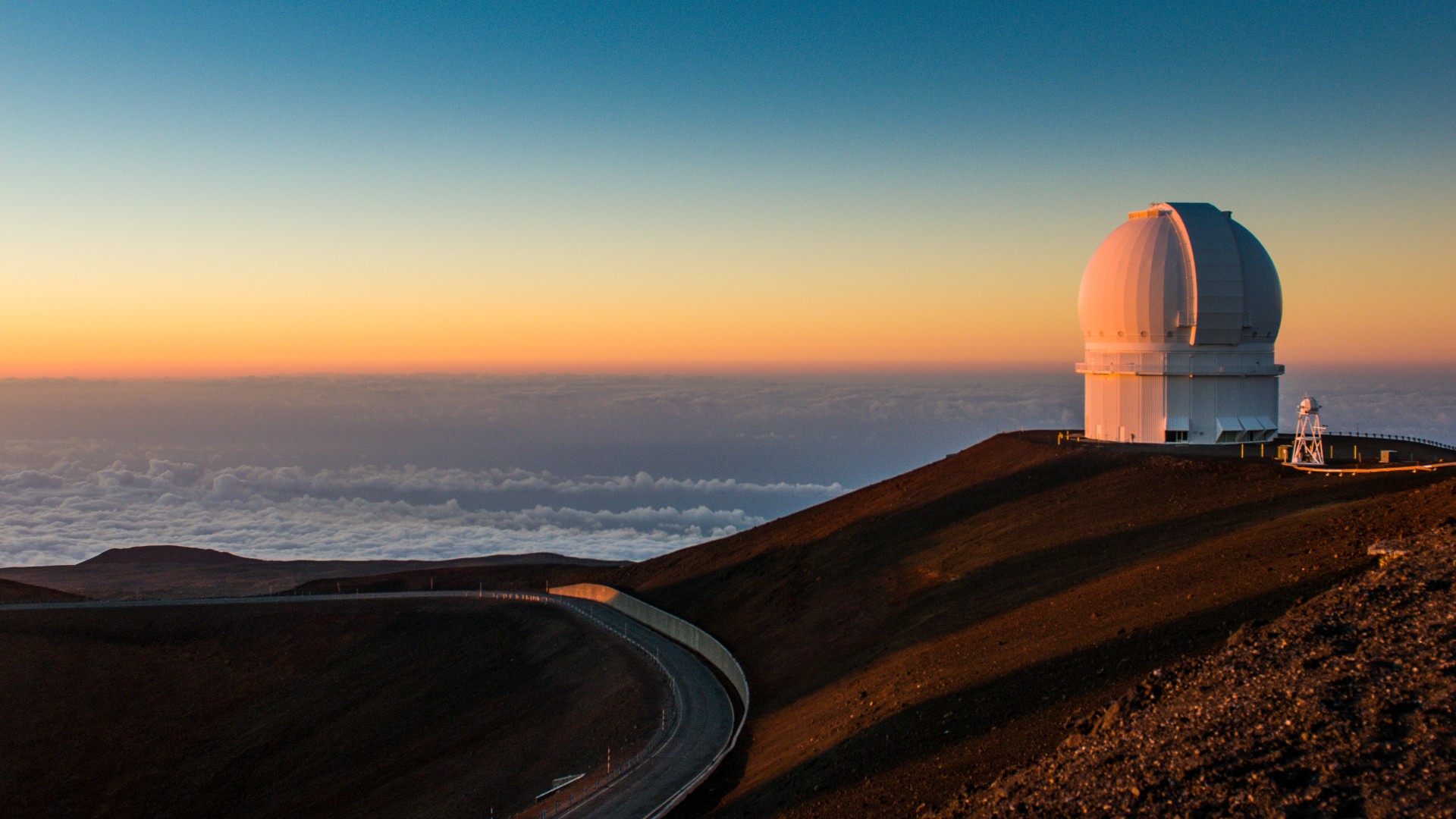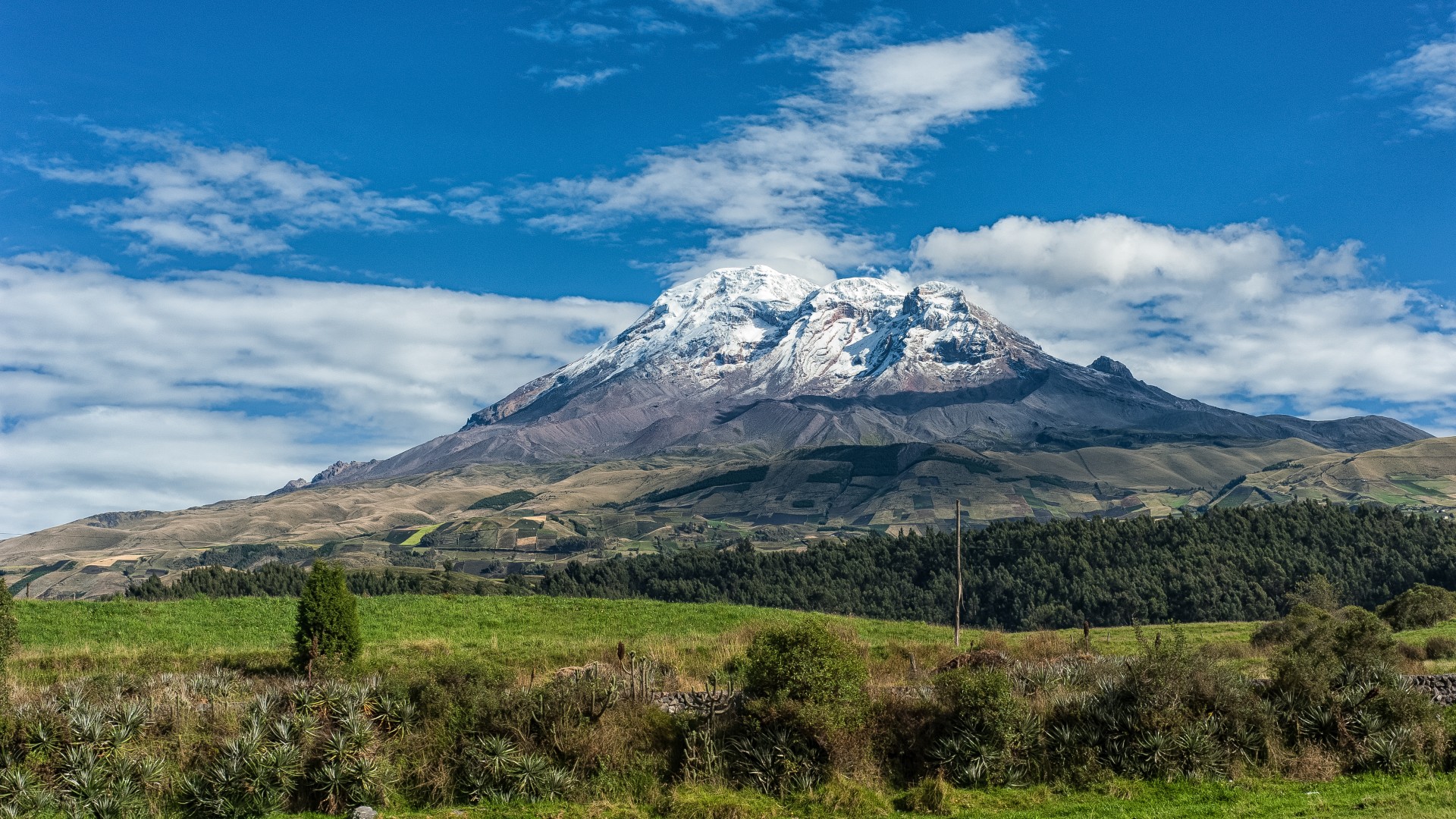Is Mount Everest really the tallest mountain on Earth?
It depends how you measure height.

It's no secret that Mount Everest, the jewel in Nepal's Himalayan crown, is the world's premier mountain. It's one of those facts embedded in childhood, like knowing that Neil Armstrong was the first person to walk on the moon or that blue whales are the largest animals ever to have lived.
You may be surprised to hear, then, that other peaks could conceivably be considered Earth's tallest; it just depends how you measure them.
So, judging by different parameters — including tallest by altitude, tallest from base to top and tallest based on being the farthest point from Earth's center — what is the tallest mountain in the world?
Related: Why don't mountains grow forever?
Mount Everest, located deep in the Mahālangūr Himāl subrange of the Himalayas, is undoubtedly the most famous — and alluring — of all our planet's mountains. Also known as Chomolungma, meaning "Goddess Mother of the World" in Tibetan, Everest was first scaled on May 29, 1953 by Tenzing Norgay, a Sherpa of Nepal, and New Zealander Edmund Hillary, and has since been successfully climbed by around 4,000 people. The mountain has also claimed the lives of over 300 since records started being kept in 1922, according to the Guardian.
Researchers have measured Mount Everest many times over the past few decades, but the latest assessment, announced in November 2021, puts it at 29,031.69 feet (8,848.86 meters) above sea level, which is almost 5.5 miles (8.8 kilometers) tall. It's a pretty impressive height, but it does raise a question: Why do we use "above sea level" when determining the world's tallest peak?
"In order to have comparability in measurements, it is necessary to have a consistent baseline," Martin Price, a professor and founding director of the Centre for Mountain Studies at the University of Highlands and Islands in Scotland, told Live Science.
Get the world’s most fascinating discoveries delivered straight to your inbox.
"Historically, and even now, elevation is usually given as height above mean sea level," Price told Live Science in an email. "However, this has to be with reference to a standard mean sea level, which has to be defined. Sea levels are different in different parts of the world, and they're changing due to climate change."
As a result, "elevation is now measured in relation to the mathematically defined geoid of the Earth," he said. The geoid is, according to the National Oceanic and Atmospheric Administration, "a model of global mean sea level that is used to measure precise surface elevations." This average is used to ascertain the height of mountains, a process that sometimes requires an aeroplane to fly "back and forth over a mountain in a series of parallel lines to measure how much gravity pulls down on its peak," according to GIM International. These measurements, in conjunction with GPS readings, provide incredibly accurate elevation readings.
So, all mountains are measured from sea level, predominantly for convenience and consistency, but what if measurements were simply taken from base to peak? Would Everest still top the charts?
The answer is a mountainous "no." That honor would go to Mauna Kea, an inactive volcano in Hawaii. Although its peak is 13,802 feet (4,205 m) above sea level — which is less than half the height of Everest, according to National Geographic — the majority of Mauna Kea is hidden below sea level. When measured from base to peak, Mauna Kea is 33,497 feet (10,211 m) tall, according to the United States Geological Survey, which puts it heads and shoulders above Mount Everest.
Should we, therefore, regard Mauna Kea as the tallest mountain on Earth?
"It all depends on the perspective you take," Price said. "If there were no oceans on our planet, there would be no debate! You could draw comparisons to the highest mountains on other bodies in our solar system, which have no oceans."
Meanwhile, another contender, Mount Chimborazo in Ecuador, boasts a peak that is the farthest point from Earth's center.
Chimborazo isn't the tallest mountain in the Andes — it's not even in the top 30 — but its proximity to the equator is what makes all the difference. Earth is not a perfect sphere — technically, it's an oblate spheroid — and it bulges along the equator. This is a result of the force created by Earth's rotation. As a result, it means there is a difference of 13.29 miles (21.39 km) between the planet's polar radius (3,949.90 miles/6,356.75 km) and its equatorial radius (3,963.19 miles/6,378.14 km), according to the NASA Goddard Space Flight Center.
Chimborazo is just 1 degree south of the equator, where Earth's bulge is most prominent; this geographical quirk means Chimborazo's summit is 3,967 miles from Earth’s core, making it 6,798 feet (2,072 m) farther away from the planet's center than the peak of Everest.
So, which of these three contenders for tallest mountain should take home first prize?
Mount Everest is the tallest mountain above sea level, while Mauna Kea can certainly claim to be the world's tallest mountain (when sea level isn't taken into account). It would be difficult to make a case for Chimborazo being the tallest, but "it's all a matter of perspective," Price admitted.
Regardless of the mountain you choose, its height will pale in comparison with Mars' Olympus Mons, the largest known volcano in the solar system. It has a height of around 16 miles (25 km), according to NASA, which is almost three times taller than Everest, and a base of 374 miles (601.9 km) in diameter, which is about the same distance separating San Francisco and Los Angeles (383.1 miles/616.5 km).
There is also an impact crater called Rheasilvia on the asteroid Vesta, which is part of the asteroid belt 100 million miles from Earth. At the center of this crater is a peak that scientists believe could be anywhere between 12 and 15.5 miles (20 and 25 km) in height, meaning it may be the tallest mountain in the solar system, according to the NASA Jet Propulsion Laboratory.
Originally published on Live Science.

Joe Phelan is a journalist based in London. His work has appeared in VICE, National Geographic, World Soccer and The Blizzard, and has been a guest on Times Radio. He is drawn to the weird, wonderful and under examined, as well as anything related to life in the Arctic Circle. He holds a bachelor's degree in journalism from the University of Chester.





